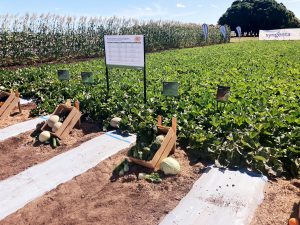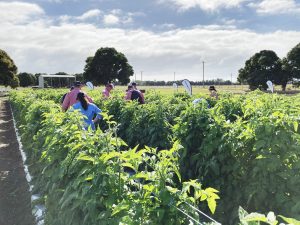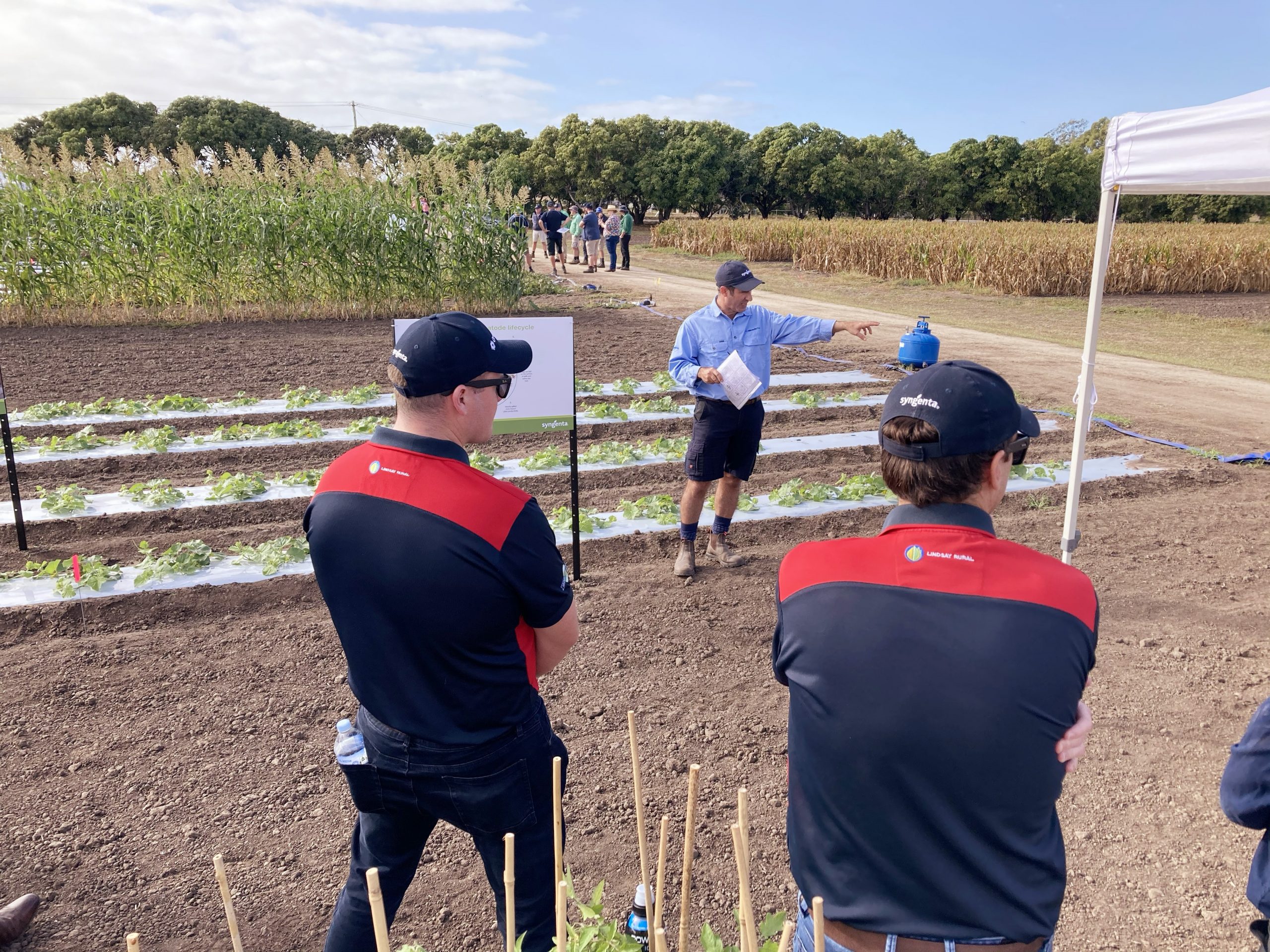Bowen GrowMore Field Day hailed a success
In June, AUSVEG Biosecurity Coordinator Callum Fletcher attended the Syngenta GrowMore Field Day held in far-north Queensland. Here, Callum provides a snapshot of the event and what he learnt.
Last month, I was invited to attend Syngenta’s GrowMore Field Day in Bowen, Queensland. I am currently based with the Department of Agriculture, Water and the Environment on secondment with its Northern Australia Quarantine Strategy program in Cairns, so this provided a good opportunity to connect with growers and scientists working in the region. My main focus area is pests and diseases that have or are about to arrive in the country, and seeing what was being presented to industry by Syngenta offered a great opportunity to learn as well as connect with local experts.
Growers in Bowen and the surrounding growing regions are acutely aware of the impact that new or evolving pests and diseases can have on their production systems and profitability. As observed at GrowMore, it can be a fine line from successfully harvesting a high yield crop and the heartbreaking losses caused by the untimely or undetected arrival of a fungal infection or a flight of insect pests.
The site chosen for the field demonstration was the Department of Agriculture and Fisheries, Queensland’s Bowen research facility, which was perfectly placed for trial plants to be grown and easily accessed by local industry on the day. The key focus areas of the event were to show new fungicide and insecticide technology and delve into a new solution for root knot nematodes for the Australian horticulture market.

Three melon crops and trellis tomatoes were on display at the site. Each had an untreated area and one that had been managed with a spray regime that included Syngenta products that are in various stages of development for registration. Particularly interesting was a brand-new insecticide belonging to the group 30 class of insecticides. This is a completely new mode of action, meaning that it has the potential to work in a new way to manage target insects. There was also much interest in MIRAVIS® Duo, a new fungicide that will be registered for a range of vegetable crops. MIRAVIS Duo is not registered; however, an application has been submitted to the Australian Pesticides and Veterinary Medicines Authority.

What was truly impressive about the day’s activities was the levels of interactive learning that the event offered. For those that could not attend, there was live cross that allowed people from around Australia to have a virtual on-site presence. Those who attended in-person were shown caged colonies of beneficial insects, and they could see the impact that various insecticides have on these important natural sources of pest management. Furthermore, to illustrate the impact that root knot nematodes can have on nutrient uptake and the crops root systems, inoculated samples were provided to participants. Volunteers washed the root systems clear to reveal the nematode caused knots that were stunting growth. It was a great illustration of the need to test and treat for nematodes, especially in sandy soil.
For me, the Syngenta GrowMore field day in Bowen was a truly fascinating event showcasing the importance of crop management for a range of significant horticultural pests and diseases. With more Syngenta field days being planned for other growing regions in Australia – including Tasmania – it would be well worth looking to attend.
In the meantime, recordings of the event at Bowen are available on the Syngenta webpage.
Cover image: Syngenta Technical Manager Rob Vitelli explains the development of a trickle treatment for application of a new nematicide to control root knot nematodes.

